Generating a copyright lawsuit might be as simple as typing a basic prompt into an AI system.
When researchers used the two-word prompt “videogame italian” with OpenAI’s Dall-E 3, the model produced recognizable images of Mario from the well-known Nintendo franchise.
Similarly, the phrase “animated sponge” resulted in clear images of SpongeBob SquarePants.
These findings were part of a two-week investigation by AI researcher Gary Marcus and digital artist Reid Southen, who discovered that AI models can create “near replicas of trademarked characters” with just a simple text prompt.
Marcus and Southen tested two visual AI models—Midjourney and Dall-E 3—and found that both could generate almost exact images from movies and video games, even when given brief and indirect prompts. Their findings were published in a report by IEEE Spectrum.
For instance, when they entered the prompt “popular 90’s animated cartoon with yellow skin” into Midjourney, it generated recognizable images of characters from “The Simpsons.”
Similarly, the prompt “black armor with light sword” produced images closely resembling characters from the Star Wars franchise.
Throughout their investigation, the researchers identified hundreds of recognizable examples of animated and human characters from films and games.
This study comes amid increasing concerns about the potential for plagiarism in generative AI models. A recent lawsuit filed against OpenAI alleged that GPT-4 had reproduced sections of New York Times articles almost verbatim.
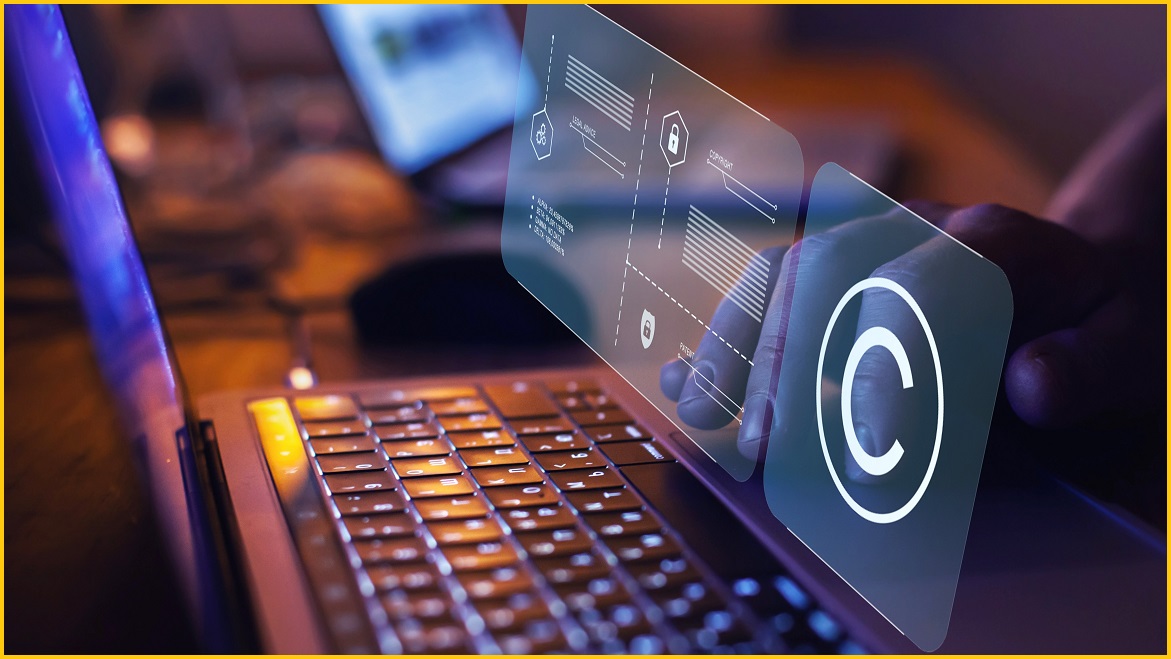
The problem lies in the fact that generative models remain “black boxes,” where the relationship between inputs and outputs is not fully transparent to end users.
As a result, according to the authors, it is difficult to predict when a model might generate a response that infringes on copyrights.
The implication for users is that if they don’t immediately recognize a trademarked image in an AI model’s output, they have no reliable way to verify whether it infringes on copyrights.
“In a generative AI system, the assumption is that the creation is original artwork that the user is free to use. No record of how the artwork was created is provided,” the authors wrote.
By contrast, when someone finds an image through Google search, they have more tools to determine its source—and whether it’s permissible to use.
Currently, the responsibility for preventing copyright infringement falls on artists or image owners. Dall-E 3 offers an opt-out process for artists and image owners, but it’s so cumbersome that one artist described it as “enraging.” Additionally, visual artists have sued Midjourney for copyright infringement.
The authors suggested that AI models could address this issue by removing copyrighted works from their training data, filtering out problematic queries, or providing a list of sources used to generate images.
They emphasized that AI models should rely on properly licensed training data until a better solution is found to report the origins of images and filter out copyright violations.

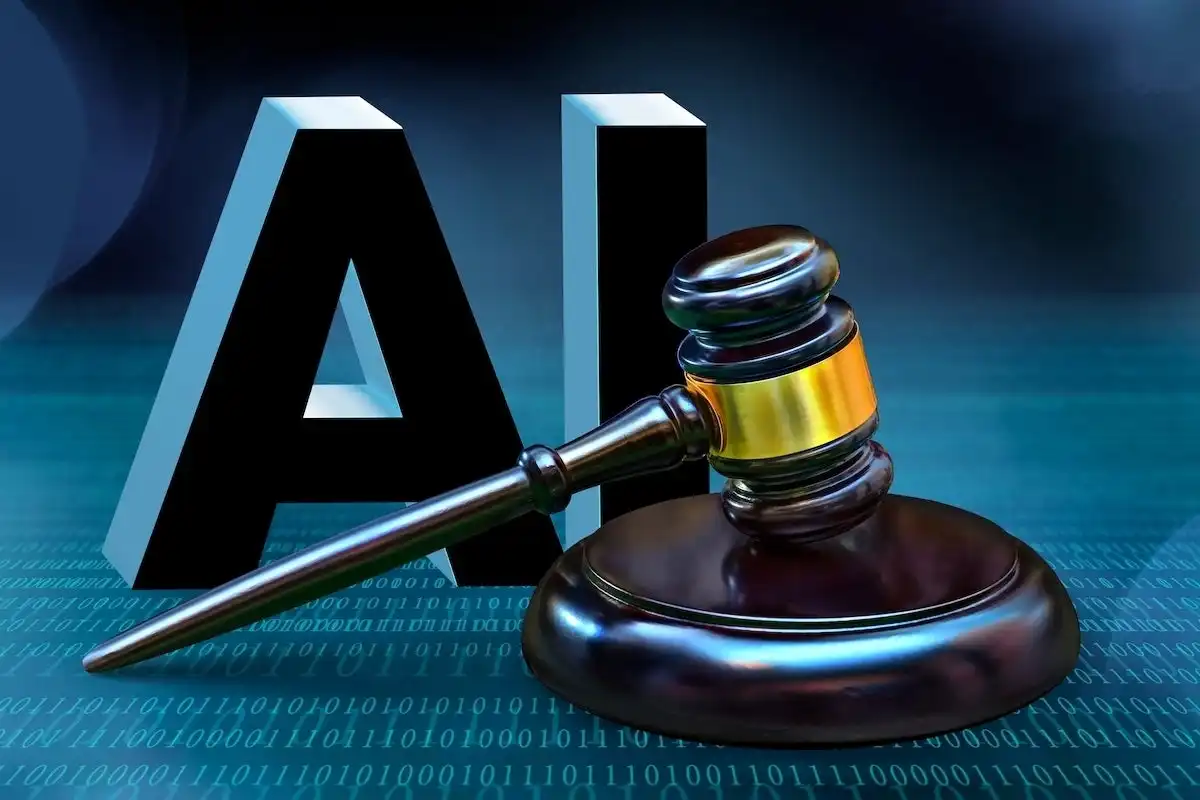
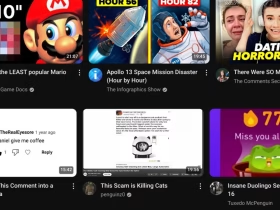
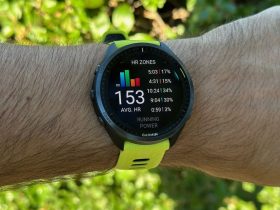

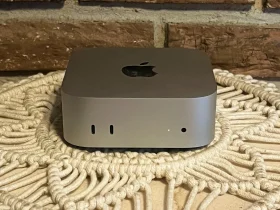
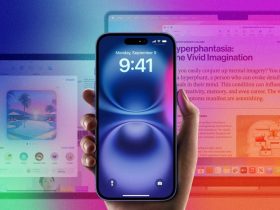
Leave a Reply